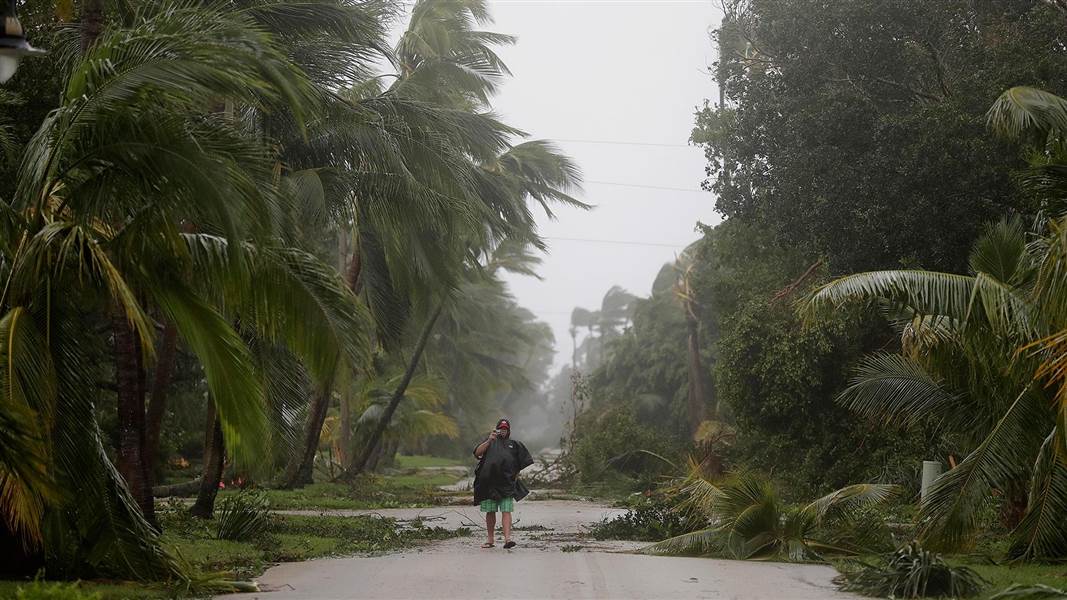When Hurricane Harvey landed on Texas, it marked the end of a 12-year lull in major hurricanes hitting the US. This period – which also featured a long ‘hiatus’ in global warming, the failure of ice-free Arctic predictions and the growth of polar-bear populations – had long vexed green doomsayers. Harvey, then, came as a great relief to climate alarmists, as though a 12-year-long bout of disaster constipation had been followed by an acute case of explosive, catastrophist diarrhoea. Mother Nature had once again unleashed her wrath on the home of Big Oil.
Central to greens’ fetish for hurricanes is the scientific theory that warmer sea-surface temperatures caused by global warming can increase hurricanes’ energy and destructive power. It may well be true. But theory easily becomes dogma, and climate pundits have rushed ahead of their science. ‘Harvey is what climate change looks like’, screeched meteorologist Eric Holthaus. ‘It’s a fact: climate change made Hurricane Harvey more deadly’, claimed Michael Mann, a professor of atmospheric science at Pennsylvania State University.
More deadly than what? More deadly than the hurricane in 1900 that killed 8,000 people in Galveston in Texas? Or the hurricane in 1915, which took 275 lives from the same town? Or Hurricane Audrey, which killed 416 Texans in 1957? Indeed, of the 30 most deadly hurricanes to land in the US since 1850, just four occurred in the past half century. If Harvey is what ‘climate change looks like’, it looks a lot safer than the weather prior to global warming.
No matter what putative experts claim, the simple meteorological fact of the matter is that the number of hurricanes of all categories making landfall on the US has fallen.
More importantly, the human cost of all forms of extreme weather – including hurricanes – has dropped even more sharply, in the US and across the world. Whereas in the 1920s, extreme weather caused the deaths of 485,000 people per year worldwide, by the 2000s this figure had fallen to 35,000. Taking into account global population increases, this means that extreme weather caused 241 deaths per million people in the 1920s, compared with just five per million in the 2000s. Extreme weather really is not the threat greens crack it up to be.
Read more at Spiked.







